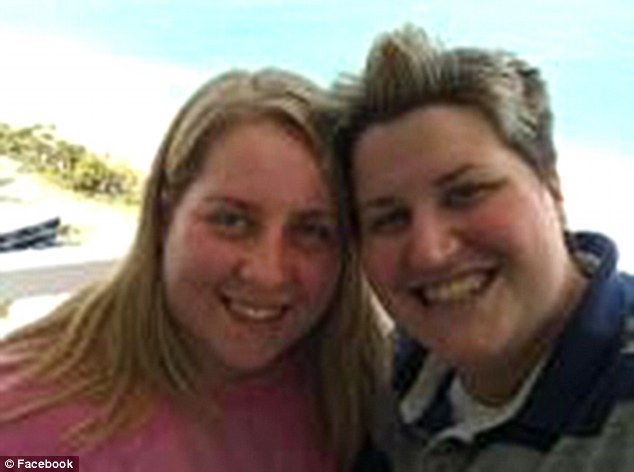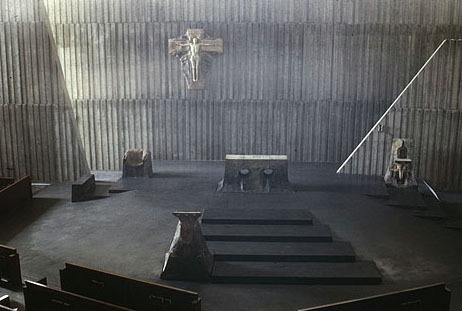French Again Refuse to Accept Barter and Sale of Children
October 3, 2014
WHILE Americans sit by and watch the perfectly legal baby-selling industry grow bigger and stronger by the day, in France there are many thousands of people willing to hit the streets and protest the commodification of children through surrogacy and other gestational services. In September, a French appeals court approved the adoption by a lesbian of the child of another woman conceived through artificial insemination. This is a significant development in a country where surrogacy and donor fatherhood is banned.
On Sunday, protests are planned throughout France by the Manif Pour Tous forces. Galliawatch has the story.









